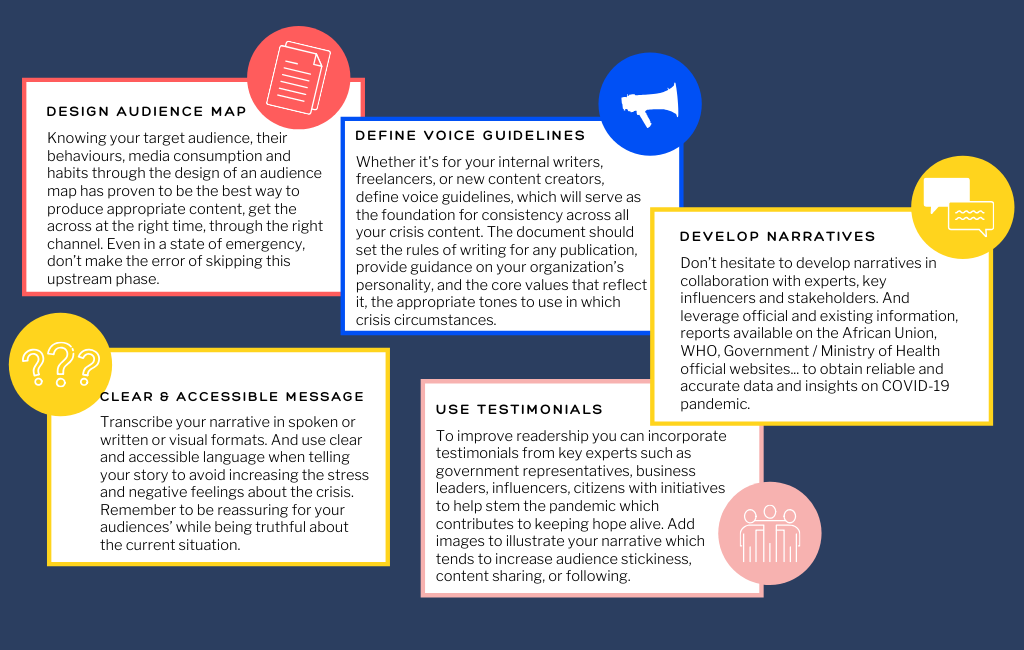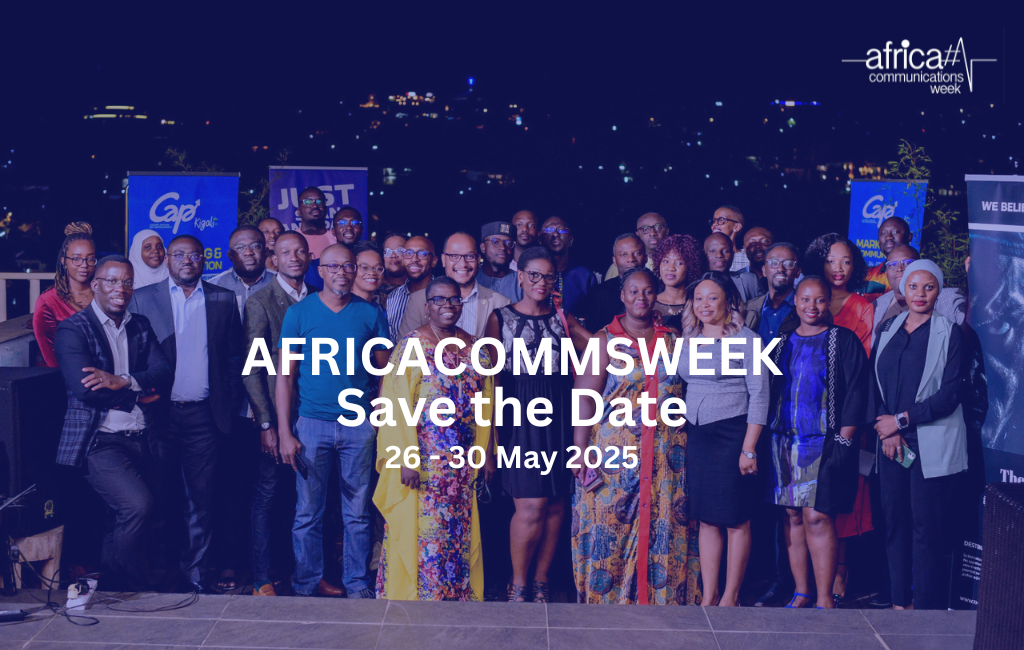Responsiveness and Transparency to retain general public and stakeholders‘ confidence
To mitigate the negative impacts of a crisis, some governments or organizations are sometimes tempted to hide the severity of the situation or bury critical information in the hope that it preserves their reputation and public image in the eyes of the population, potential investors, rating agencies, clients. Yet history has shown time and again that this option has often worsened the crisis, increasing the proliferation of fake news speculation, and conspiracy theories.
Whatever the crisis, but especially in the context of the COVID-19 crisis where there are still a certain number of unanswered questions, it is vital to provide honest and transparent responses to your audiences early. Establish credibility, build public trust and believability.
Be a trustworthy source of information in an “Always-On” World
In today’s world, being a trustworthy source of information means providing verified information and sharing well-thought out stories with the general public, key stakeholders, and influencers alike in real-time while maintaining tight control over what is passed on.
During this health crisis, your ability to respond to a fast-changing situation in a relevant and smart way will be put under severe strain. The more truthful the information and content you provide about the crisis, the public health approach, and preventive measures deployed, the more you will be able to alleviate public or target stakeholders’ concerns.
To prevent a tide of distrust and skepticism, you will have to ramp up efforts, which is where the creation of a consistent content stream comes into play. To do so, we advise you to determine:
- The types of information to disclose and content to share (newsletter, social post, infographics, video, podcast, media release, press or social article, interview, op-ed, shareable toolkits…).
- Specific dissemination processes for both traditional, social and digital platforms
- A clear publishing/ editorial schedule and frequency of updates to ensure strong media and digital presence but also boost the likelihood your content will be read or seen by your target audiences.
- Point of reference. You can also design a specific mobile-friendly webpage or website that would serve as a focal point for information related to the COVID-19 crisis. On this webpage or website, create a climate of confidence and allow visitors to raise questions or concerns. This would also help you monitor the general sentiment about the crisis and respond accurately to these questions / concerns.
- If you allow questions or comments, we recommend that you set up a moderation system to delete spam, profanity, and other abusive comments, and sort through any irrelevant content that might be obscene, illegal, or insulting.
Deliver powerful narratives based on Data and Insights

Although crisis communication should always be grounded in facts and accurate data, it doesn’t mean that it should be impersonal or even cold, especially in times of coronavirus outbreak where the fear of contagion pervades in everybody minds.
As an “information provider” your role is to get your messages across immediately and in a way that encourages behaviour changes in line with medical advice while still being considerate of the emotions and behaviours a crisis may trigger in your target audiences.
Because virology and health are complex sciences and concepts, your narratives should flow, be captivating and human to raise your target audiences’ awareness and interest. And ensure that they grasp the essence of what you are communicating.
Here’s a list of the most critical imperatives to elaborate compelling content and achieve desirable outcomes:

Disseminate widely – Leverage all channels and mediums smartly to connect with your audience
Your content is finalized and validated by all stakeholders involved in crisis communication management, it is now time to disseminate it to your audiences. And to do so, there are multiple options equally effective, but even more when they are coordinated and combined. We suggest the following as dissemination tactics to reach your target audiences:
- In countries where there is more than one official language that prevails, make sure that your content is translated into the most used local language(s) to ensure excellent delivery. Wolof for Senegal for instance, Attié, Agni / Baoulé, Bété for Mali, Shona for Zimbabwe.
- To reach as many people as possible in Africa, there is no substitute for communicating via mainstream media (TV, Radio, Newspapers). With general public readership into the thousands and sometimes millions, officials, leaders, NGOs can connect with many people through sources they trust. Establish direct contacts with media outlets (before pitching, make sure your story is newsworthy) for story coverage or get assisted by African-focused media relations agencies.
- Increase outreach significantly, using multiple content formats (press or social media release, articles, social posts, infographics …) to pique and retain target audience’s interest and communicate through various touch points.

Often overlooked as an option in crisis communication strategy, bylined articles and opinion-editorial articles (op-eds) can serve as an important catalyst for organizations looking to communicate directly with stakeholders in their own words. When published in top-tier publications, they are excellent vehicles through which officials, business leaders, NGOs …. can express their personal opinions on critical topics.
- Hybrid model. To reinforce your message penetration, we highly recommend you use a variety of channels: mass media, print media, dark media, social and digital media. Make the most of Facebook and WhatsApp to reach urban populations faster, for instance. Write online articles for digital newspapers. Record podcasts for traditional and online radio channels. You can also re-share relevant expert articles or posts with your comments to increase content sharing.





0 Comments